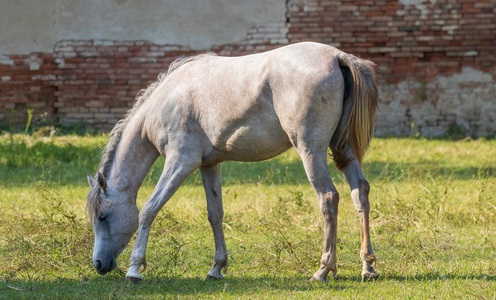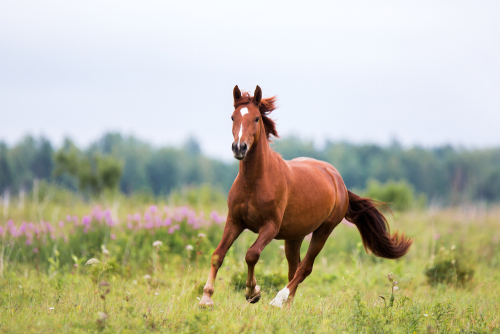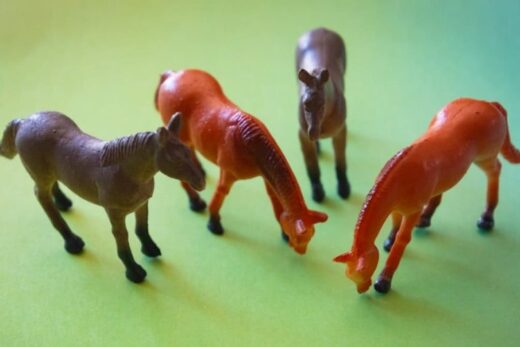Horses are magnificent creatures prized throughout the world for their gracefulness and beauty. However, these animals tend to be prone to many diseases, especially Cushing’s disease. While this can sometimes be mistaken for other health issues, like Equine Metabolic Syndrome, this disease can be very dangerous to your horse’s health if not treated. Below is more about what this disease is and how you can help to treat your horse if they happen to be diagnosed with it.
What is Cushings in Horses?
Also known as Pituitary Pars Intermedia Dysfunction (PPID), Cushing’s disease is when the horse’s pituitary gland is out of balance. This is usually caused due to a type of growth on the gland, like a tumor. Because the pituitary gland is what creates hormones, your horse’s regular hormonal production can be destroyed. The gland becomes out of whack due to an abnormal functioning in the brain which controls it.
What Type of Horses are Prone to Cushing’s Disease?
There is no particular breed of horse that is prone to Cushing’s disease. However, many older horses, around 18 to 23 years old, tend to get it. Shorter horses also seem to be diagnosed a lot with this problem. Overall though, if you have an older horse, you want to keep a close eye on them because they are more susceptible to Cushing’s disease as their immune system might not be the strongest.
Can Cushing’s Disease in Horses Be Eradicated?
This disease can’t be fully erased from your horse’s health, but it can be regulated to help them get back to living their normal lifestyle. It will require the use of medication, diet changes, and supplements, but these can help to normalize the pituitary gland so your horse can get back to living normally.
However, to ensure that this disease can be controlled with proper care, you have to keep an eye out for symptoms as early as possible. If not given treatment immediately, the disease will spread and only cause your horse’s health to get worse.
Symptoms of Cushing’s Disease in Horses
There are a few signs to watch out for if you’re not quite sure whether or not your horse might have Cushing’s disease.
Below are some concerning symptoms of Cushings in horses to keep in mind:
Long Curly Hair
Because Cushing disease horses affects the hormones in your horse, it can cause them to start growing long curly hair. This is especially concerning if this hair does not shed as it should during the spring. Most of this curly hair will form around the neck and lower stomach area.
Strange Body Curves
Another symptom of equine cushings is strange body curves which are caused by fluctuating hormone levels. Also known as regional adiposity, these fat pockets will cause their body to look somewhat lumpy and irregular due to the hormones being imbalance and therefore causing fat build-up.
Low Energy
Horses love to walk and run which is why low energy is a very concerning sign. This could be a sign of Cushing’s disease lowering their muscles and blood pressure which can result in lethargy. If not taken to a vet, your horse could eventually become too lethargic to walk or eat which could be deadly.
Strange Sweating
Cushings can also create strange sweating in your horse. Horses are able to sweat which helps to reduce their temperature when their body is hot. However, excessive sweating can be a sign of concern. It could show that they have a fever or their hormones are malfunctioning.
Blindness
Because Cushing’s in horses can affect the pituitary gland and a tumor can result in pressure on the optic nerve, some horses can go blind from it. If you find your horse is having neurological problems, such as blindness or troubling walking, it could be a sign they have this disease.
Increased Need for Water
As this disease can affect the brain and cause your horse’s hormones to go haywire, it can warp your horse’s normal functions, such as telling the body when it needs to drink. If you find your horse is drinking more water than usual, you want to take them to your vet immediately, as Cushing’s disease in horses often leads to pre-diabetes.





